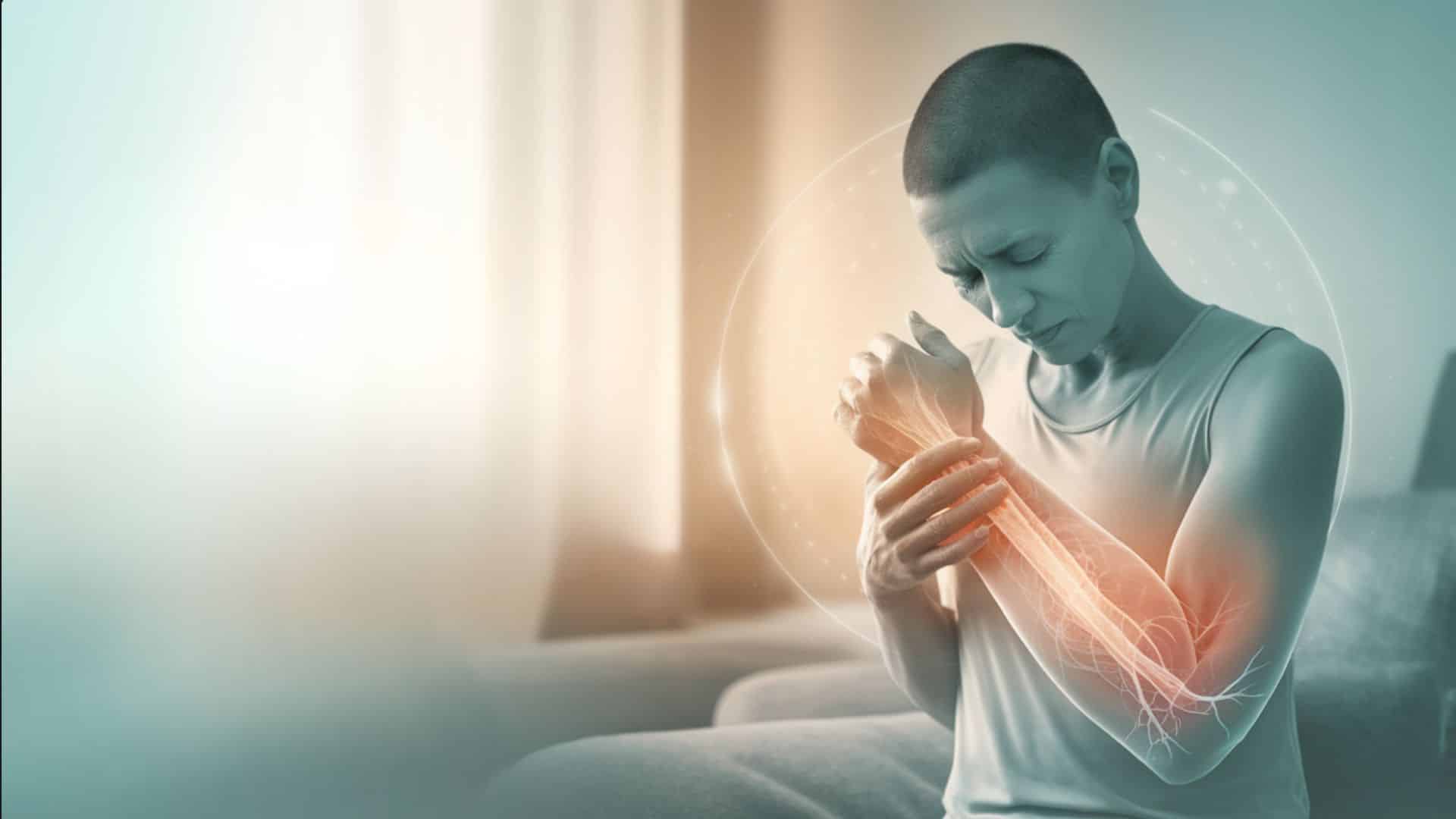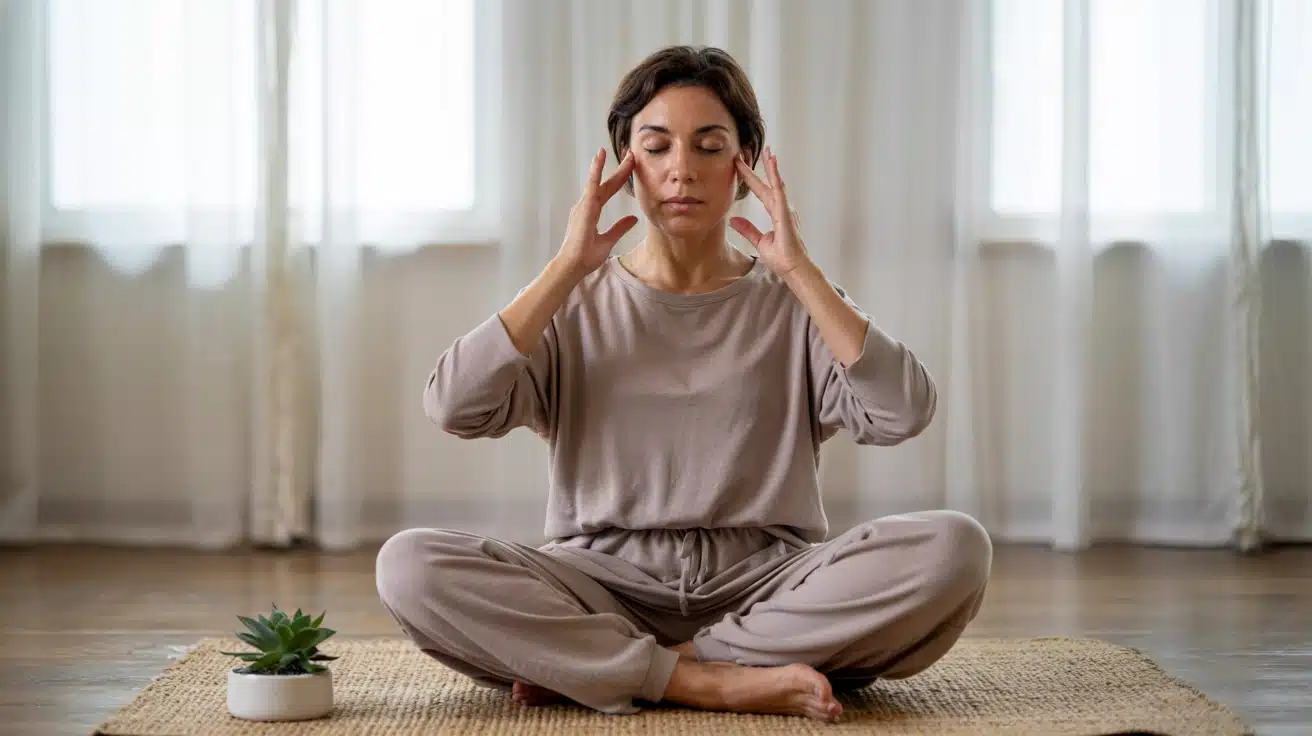Living with Complex Regional Pain Syndrome (CRPS) feels like a daily battle against intense, burning pain that never stops.
If you or someone you love has CRPS, you’ve probably wondered about the long-term outlook. Does this condition affect how long you’ll live? What does the research actually say about CRPS and life expectancy?
The truth about CRPS and life expectancy is more complex than a simple yes or no answer. While the condition itself doesn’t directly shorten your lifespan, chronic pain can impact your overall health in ways you might not expect.
This guide breaks down what medical research reveals about CRPS life expectancy, secondary health risks, and most importantly, what you can do to protect your long-term health while managing this challenging condition.
What is Complex Regional Pain Syndrome (CRPS)?
Complex Regional Pain Syndrome (CRPS) is a chronic pain condition that causes severe, long-lasting pain and inflammation after an injury or surgery. The pain is much worse than expected from the original injury. CRPS typically affects one arm or leg and can make normal touches unbearably painful.
CRPS is also known by other names:
- Regional complex syndrome
- Complex regional pain disorder
- Reflex sympathetic dystrophy (older term)
- Causalgia (older term)
- Shoulder-hand syndrome (older term)
- Sudeck’s atrophy (older term)
CRPS Symptoms and Progression Over Time
CRPS symptoms vary from person to person and can change over time. The condition progresses through different stages, with symptoms becoming more severe if left untreated. Most people don’t experience all symptoms at once.
| Symptom Type | What You Experience |
|---|---|
| Severe Pain | Constant burning, pins and needles, or a squeezing sensation |
| Touch Sensitivity | Light touches or temperature changes cause intense pain |
| Skin Changes | Area feels hot/cold, turns red, purple, pale, or blotchy |
| Joint Problems | Swelling, stiffness, and difficulty moving the affected limb |
| Hair & Nails | Rapid growth or no growth at all in the affected area |
| Muscle Issues | Spasms, weakness, tremors, or abnormal movements |
CRPS Life Expectancy
CRPS does not directly affect life expectancy. The condition itself is not life-threatening and does not shorten your lifespan. However, living with chronic pain can impact your overall health and quality of life in several ways.
- No direct impact on lifespan – CRPS itself does not reduce life expectancy or cause death
- Chronic pain effects – Overall, chronic pain may lead to an average decrease of 10 years in life expectancy
- Secondary health risks – CRPS may cause a sedentary lifestyle, leading to increased body weight and related health problems
- Mental health concerns – The condition is known as “the suicide disease” due to severe pain, though no formal suicide statistics exist for CRPS patients
- Rare severe complications – In very few cases, CRPS may cause heart problems, autoimmune conditions, or digestive issues that could be serious.
- Recovery is possible – Many people improve with proper treatment, and most cases resolve within months to years.
How CRPS Affects Your Body?
CRPS usually begins after an injury, but creates pain that is far more severe than normal. The condition can affect any part of your body, but it most commonly impacts your arms, hands, legs, and feet. Typically, CRPS affects one limb at a time, though it can spread to other areas over time.
The affected area becomes very sensitive to touch and temperature changes. Even light touches or small temperature shifts can cause intense pain. This makes daily activities extremely difficult for people with CRPS.
Medical experts divide CRPS into two main types based on how it develops:
CRPS-1 :
- Happens after illness or injury
- No specific nerve damage is found
- Makes up the majority of CRPS cases
- It can occur even when the original injury seems minor
CRPS-2:
- Linked to damage to a specific nerve
- Less common than CRPS-1
- Requires nerve injury to develop
- Often follows more serious nerve trauma
CRPS Management and Treatment Options
CRPS treatment focuses on reducing pain and improving function. Multiple approaches exist, from traditional medications to innovative therapies, each with distinct benefits and limitations.
1. Conventional Medical Treatments
Medical treatments include pain relievers, nerve medications like gabapentin, antidepressants, corticosteroids for swelling, and topical creams. Severe cases may require opioids or botulinum injections.
Pros: Widely studied medications, fast symptom relief, proven effectiveness for many patients
Cons: Risk of side effects, dependency concerns with opioids, not always long-term solutions
2. Physical & Rehabilitation Therapy
Physical therapy is the most important CRPS treatment. Gentle exercises keep limbs moving, improve blood flow, prevent stiffness, and maintain function while reducing pain.
Pros: Improves mobility and strength, prevents muscle weakness, and is the most important treatment for CRPS
Cons: Can be initially painful, requires consistent commitment, and has slower, less visible results
3. Nerve Block & Stimulation Procedures
Advanced treatments use electrical stimulation or nerve blocks to interrupt pain signals. Spinal cord stimulators and nerve injections provide targeted relief for severe cases.
Pros: Targeted pain relief, can provide immediate results, helps when medications fail
Cons: Temporary relief only, requires medical procedures, not effective for everyone
4. Alternative & Emerging Therapies
Non-traditional approaches include mirror therapy, acupuncture, biofeedback, and transcranial magnetic stimulation. These treatments help retrain the brain and manage pain through different methods.
Pros: Non-invasive options, promising relief for treatment-resistant cases, fewer side effects
Cons: Still under research, limited availability, may require multiple sessions for results
Conclusion
CRPS may not directly shorten your life, but it significantly impacts your quality of life and overall health. The key takeaway is that early treatment and consistent management make a real difference in outcomes.
While chronic pain can lead to secondary health issues, many people with CRPS do improve with proper care. Physical therapy remains the most important treatment, combined with appropriate medications and support for mental health challenges.
Remember that recovery is possible. Most cases resolve within months to years with treatment. Focus on working with healthcare providers who understand CRPS, maintain physical activity as tolerated, and don’t lose hope.
Your condition is real, your pain is valid, and effective treatments exist. Take control of your CRPS management today for a better tomorrow.








